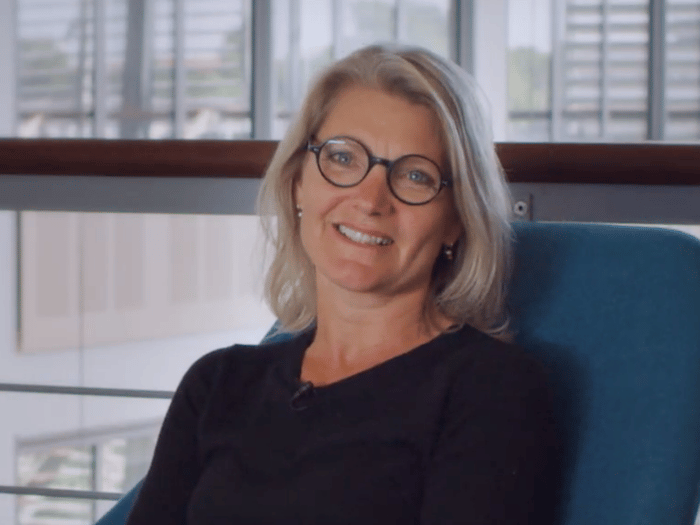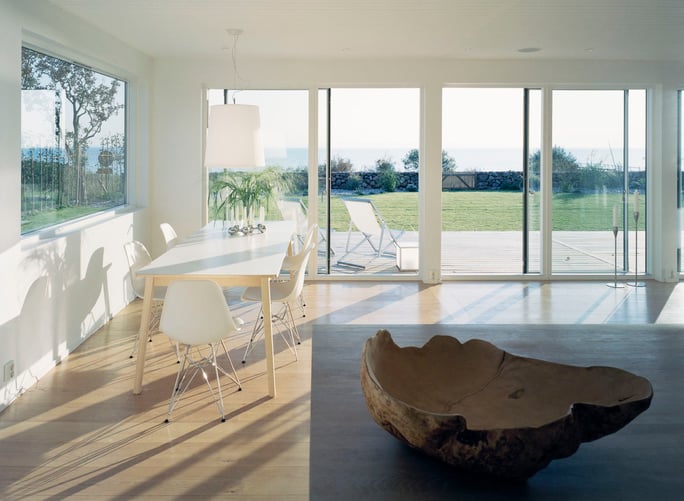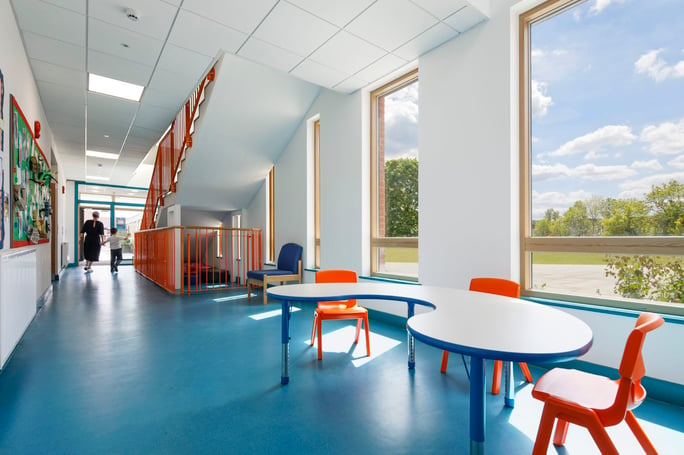
In the opinion of one of Denmark’s leading daylight experts, modern architecture must adapt to the dynamics of daylight to meet demand for more natural light. According to Ellen Kathrine Hansen, head of research at the Lighting Design Lab at Aalborg University, this means encouraging architects to design more flexible and responsive facades which can interact with changing daylight conditions.
Despite great advances in window and glass technology, ‘in terms of architectural design, we now expect to see facades becoming more dynamic and able to respond to the variability of daylight,’ says Ellen. ‘This must be a priority - to create facades which can, to a greater or lesser extent, regulate the intensity and direction of natural light while at the same time optimising views and residents’ interactions with their surroundings at different times of the day or year.’
The result will be a better experience of daylight, Ellen explains: ‘I’m sure the time will come when we will monitor weather and daylight in relation to window orientation, and according to the time of day and year. This will allow us to regulate daylight in order to optimise light levels, and to complement this with artificial light to create a hybrid solution. This must be the future - the dynamics of natural light are so important for humans that we cannot design buildings without these dynamics in mind.’
This type of dynamic design is comparable to the hybrid indoor climate solutions already in development, where internal and external sensors are used to control and combine natural and artificial ventilation.
The interaction of light and material

Photo credit: Åke E:son Lindman
To optimise daylight dynamics it’s not enough to think of light alone but also how to use and reflect light in the best possible way: ‘Light is only visible when it strikes an object, so we need to understand how to orchestrate the inflow of light in relation to the reflective surfaces within a room. As a result, the skill of the architect is needed to create the desired atmosphere in a room, based on the prevailing lighting conditions,’ says Ellen.
When incorporating the dynamics of daylight into architecture, it’s also important to be aware that much of the light coming through a window is reflected from other facades, she adds. In this context, building materials play an important role both outside and inside: ‘Architects must focus on how these materials interact with daylight, and especially the interaction between reflected light from other facades. This also means we should think more strategically about planting design and how it can support the ideal flow of light without obscuring the sky - such as the use of deciduous trees that can shield a window from direct light in summer, but not in winter.’ According Ellen, this is one of the reasons why humans have always liked to settle near water which reflects light from the sky.
More on this: Design with daylight
Photos
Cromer Road Primary School, New Barnet, Innes Associates

Photo credit: Peter Durant
‘We used windows to maximise the usability of the interior. For example, we used tall slim VELFAC units to illuminate the staircase but placed larger windows directly under the stairs to create an additional and useful breakout space.’ Corrie Rounding, Architect
57 Grantham Road, Brighton, Deacon and Richardson Architects

Photo credit: Jim Stephenson
‘Every aspect of sustainability in a light and airy home’ says architect Dave Batey. Construction followed passive solar house principles, including solar orientation, self-shading and sun spaces, with VELFAC glazing specified for the system’s impeccable low-energy and environmental credentials.
Facts about Ellen Kathrine Hansen:
Ellen Kathrine Hansen is one of Denmark’s leading daylight specialists. For more than 25 years, she has led projects exploring the architectural potential of daylight, as well as sustainable energy and lighting technology. Ellen is a trained architect and worked for a number of years in the window industry before gaining a PhD in lighting design in 2012. Subsequently, she started a new international master's programme in lighting design, combining lighting technology, architecture and media technology. Ellen leads the research group within the Lighting Design Lab, which is affiliated with Aalborg University in Copenhagen, actively sharing the results of her research with universities around the world, and is widely published in scientific journals.